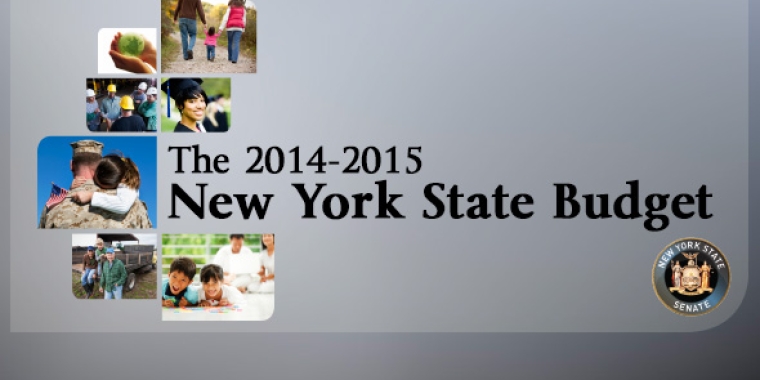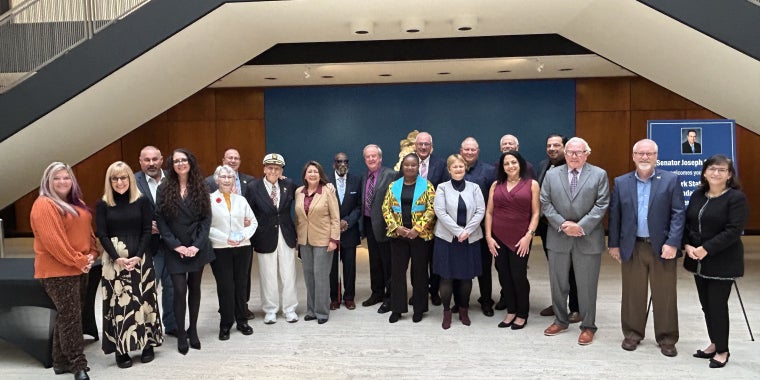
Senator Griffo's Weekly Column #14: Explaining My 'Yes' Vote on the Budget
Joseph A. Griffo
April 3, 2014

My colleagues and I have just passed a $138 billion state budget. It’s our fourth consecutive year we’ve delivered a spending plan on time, a feat that hadn’t been accomplished in nearly four decades.
There’s a lot in this budget that will impact those of us living in Lewis, Oneida and St. Lawrence counties. Instead of trying to explain it all in this column, I’m going to devote the next several weeks to detailing how certain parts are going to affect us, for better or worse.
First, I’d like to explain my votes.
I was recently asked: “Why do you vote for a budget that has bad stuff in it?”
The easy answer is: Because there’s a lot of good in it!
Budgets are imperfect documents by their very nature. I’ve advocated against omnibus bills that lump hundreds of programs and tens of billions in spending together, but I’ve learned to examine them for balance.
I believe this budget, on the whole, understands the needs of Mohawk Valley and north country residents and businesses – without giving undue consideration to a specific segment of the state.
I also recognize that this is a document borne out of a negotiation among differing interests. It would be easy to be a demagogue and start blaming different colleagues because the budget included programs I don’t personally like.
But I believe the voters put me in Albany to cooperate with my colleagues, reach accord and help end the dysfunction. We’ve seen how intransigence plays out in Washington – and it’s not been pretty.
Voting for this budget did not make me compromise my core beliefs. It provides $5 billion in tax relief for hard working families. It will lower the cost of doing business in New York, while providing new incentives to spur job growth. And it keeps state spending under control.
Perhaps most importantly, it’s a good budget that’s on time. It provides certainty regarding aid to schools so that Boards of Education can begin deliberating their own budgets. It helps businesses make better estimates on energy costs, corporate taxes and a whole host of other budgeting issues. And it lays out what property owners can expect in tax rebates if their municipality adheres to a spending cap.
It’s now time to start putting this budget to work for all of us.

